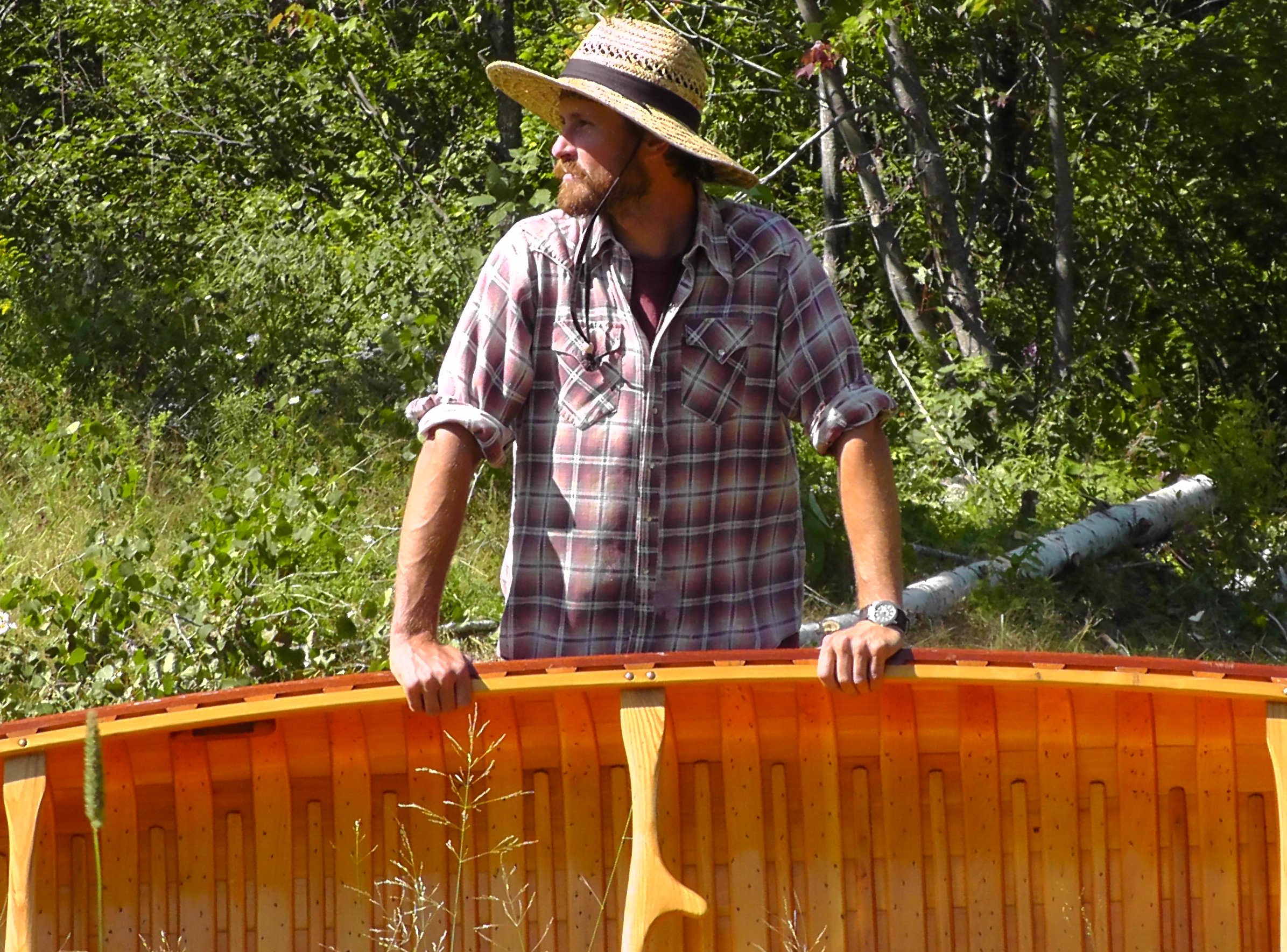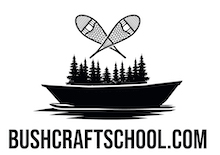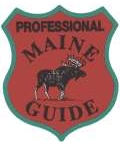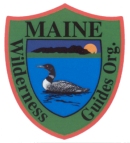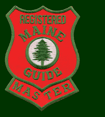Here is part two, numbers 6-10 of the 1o things I wish I had known before going down the fly fishing rabbit hole. But before we get to the list, allow me a short literary ramble…
Checkers and Chess are the undisputed #1 and #2 all-time top selling and most popular board games in recent human memory. The secret to their success: ease of accessibility and playability. While Chess takes the top seed due to the astronomical possibilities of outcomes and depth of strategy one can experience in just one single game, checkers to me is the game to end all games. All you really need to be able to do to play is move a small piece of plastic weighing less than an average sized grape diagonal, forwards, backwards, and occasionally upwards. After that there is some strategy involved, but if your opponent is also 3 years old, it’s game on. Other checkers facts: the game dates back over 300 years, was talked about by Plato and Homer and each game has a possible 500 quintillion moves (about 1 move per dollar Elon Musk plans to make mining the asteroid 16 Psyche for gold, iron and nickel).
500 quintillion is ironically also the number of flies one can find in the average fly shop these days, just slightly larger than the number of fly lines (221 quintillion), rods (104 quintillion), reels (7 quintillion) and YouTube videos on “how to fly fish” (998 trillion). If checkers represents the epitome of ease of entry to an activity, fly fishing can feel like trying to conquer the Ural Mountains in Risk. For such a simple activity as fishing is at heart, our habit of commodifying, tinkering, and evolving this once simple activity can make the beginners head spin. Who out there dumped unnecessary amounts of money when they went down the fly fishing rabbit hole for the first time (I slowly raise my arm)? Who has scanned the web and sunk hours (days?) of time watching “how to” videos on casting, reading water, fly tying, fly selection (my arm is still up)? Who piled book after book looking for some cohesive and consistent theme of where to start (ok, ok, I get it)? The point is that the first steps of fly fishing can be elusive.
In the last blog post we talked about the top 5 things I wish I knew- Love (probably the most important), getting the right rod/reel at the right price, picking a few deadly flies to catch fish anywhere, what odds and ends you might want to round out your kit and I touched briefly on technique. The first you can’t do without, the gear you can buy and technique can only be learned through experience and through hands on learning. Bam! So simple!
Today I finish off the list starting with:
6. Location. Location. Location. Finding the right river isn’t too tricky. A cursory search of the web should point you to a river/lake near you that holds fish, cold or warm water. Access to that water shouldn’t be a big problem either, just be aware that each state has different laws pertaining to the ownership of land adjacent to that waterway. In Montana any land below the high water mark is considered public but in Maine people own all the land down to the water. Of course unless it’s posted “no trespassing” it’s all a moot point but either way a simple call to your Fish and Wildlife office can clear that up. Now is the tough part. You’ve found a river or lake or whatever that holds fish, where do you go? This is a question with a lot of tangential answers, but when I am scouting the maps or new water I look for places with moving water (not big rapids), that is 1′-6′ feet deep (shallower and deeper work too but this depth will make wading easier), and a place that I can get to without a half day of walking. Of course it needs to be cold water, relatively clean and also one that supports a population of fish. To make life easy, call a local fly shop or just google it. You probably find suggestions to local water that is most like heavily fished, but at least you’re in the right spot. Google Earth is a boon to fisherman to look for new water, but nothing beats getting advice from locals.
7. Hire a guide. This is one that I really, really wish I had done more of when I was younger. Of course as a trout bum who barely scraped by making sandwiches at a Coop in Bozeman, I probably didn’t have the cash anyway, but I would have learned so much. The closest I got was fishing with guides on their off days and good buddies who weren’t guides but were great fisherman. A guided day on the water will not only improve your technique, but will tune you into that river in ways that would take years on your own to figure out.
8. Practice Stillness. I grew up fishing bass and warm water species that don’t have the fear of god instilled in their bones. Trout on the other hand are very wary creatures always on the lookout for osprey and otters. The difference between a good day fishing and getting blanked can come down to how quiet you are, not necessarily talking, but how quiet you walk, wade in the water and how quiet you are with your casting and fly presentation. Most trout will be scared off by splashing and a sloppy cast. Sure, they may come right back but you may have put them down for 10 minutes, and if you do that all day you’ll be fishing over water with no feeding fish. Be sneaky, walk quiet and for god sakes, don’t make a huge commotion when you get in the river or when you wade. It scares fish and is just annoying.
9. Etiquette. While it’s not as bad as golf, fly fishing has etiquette. Basically: be quiet around other people, be quiet in the water, pick up your trash, treat the fish with respect and don’t fish too close to other fly anglers. How close is too close? Kinda depends on the river but if you can hit them with your fly while casting you’re probably too close. There are a few rivers where people are elbow to elbow, but generally stay far enough away where your out of site (around the next bed) or far enough away that you can’t make out their facial features.
10. The Frustration Meter. You’re going to get frustrated, maybe stop casting for a minute when you do so you don’t hook yourself or break your gear. We’ve all been there. I have implanted flies in my arm/neck/shoulder/back of head when my frustration levels overtook my casting form. I’ve snapped tips off my rods when I got snagged in the same tree for the 15th time. Fly fishing is frustrating at times, but those are probably good times to have a beer, eat some snacks and just slow down. Oh yeah, beer and snacks are pretty clutch too.
